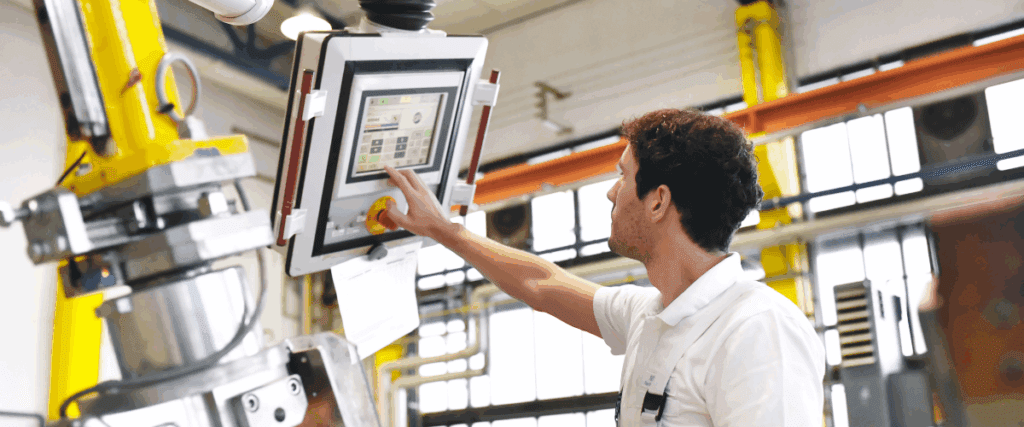Throughput #1

Welcome to the first issue of Throughput, Montera’s new monthly newsletter!
We created Throughput to help you solve operations and supply chain problems, with insights from our 24 years of experience working with manufacturers globally.
Today, I’ll start with our take on a production strategy that may be new to you: Make to Availability. We’ve seen great results from it over the past 15 years.
The case for an MTO / MTS alternative
I get it if you’re skeptical about the idea of diverging from traditional Make to Order (MTO) or Make to Stock (MTS) approaches. Hear me out.
At Montera, we’ve talked to literally hundreds of manufacturers around the world – food companies, high tech, industrial goods, automotive suppliers, etc.
Most strongly believe that MTO is the best way to go.
However, many tell us that they are currently making to stock while implementing Lean techniques that will get them closer to an MTO environment.
Which begs the question – is there a better way?
The answer is yes, for the right kind of operation.
What is Make to Availability?
Make to Availability (MTA) is a term coined by Eli Goldratt, author of The Goal.
It’s the evolution of MTS: it follows the principles of Demand-Driven Replenishment, a Theory of Constraints approach to supply chain management.
It enables a better response to customer demand in real-time.
How? By ensuring the availability of specific items at a specific location, and implementing the production policies required to do so.
MTA Advantages
MTA works best in variable, complex production environments with repetitive products where your customer tolerance time is less than your production time.
It can simultaneously reduce your costs and improve customer satisfaction.
You can expect to see a drop in shortages and urgent orders from your customers, leading to fewer expedites and less overtime in your plant.
Fewer expedites increase predictability, shorten lead times and lower costs.
The biggest benefit we see for manufacturers is an average 25% sales increase coming from their customers’ revenue increase.
When your customers have what they need, they can sell more. Plus, customers’ surplus inventories are almost eliminated.
Explore more in our blog post here.
Thanks for reading,
— Jack Warchalowski, Montera CEO
[email protected]
Connect with me on LinkedIn
